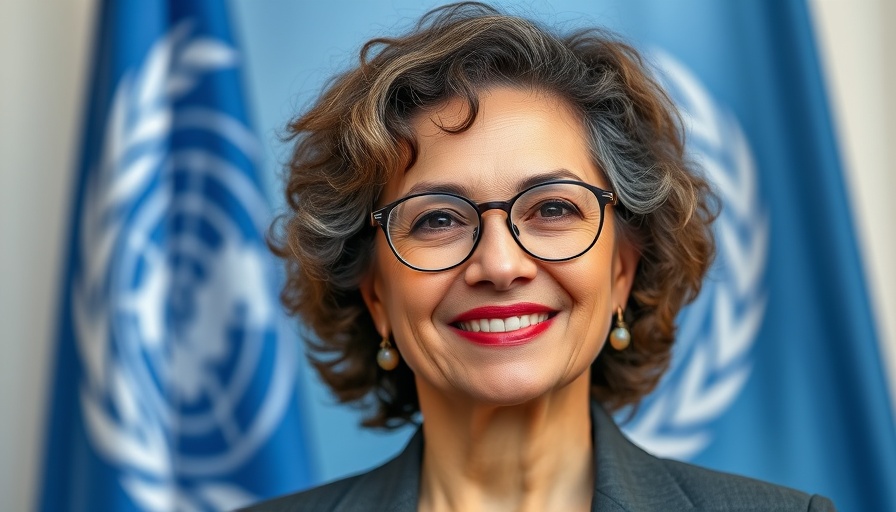
The Global Push for a Plastic Pollution Treaty
The quest for a global treaty to combat plastic pollution may face obstacles, but recent statements from the UN Environment Programme (UNEP) executive director, Inger Andersen, highlight that the discussions are far from over. This timely initiative seeks to establish a landmark agreement that addresses the escalating issue of plastic pollution, which is increasingly dominating global dialogues about environmental health.
The Stumbling Blocks of Negotiation
Despite attempts to reach a satisfactory agreement in two major meetings, one in South Korea in 2024 and another in Geneva in August 2025, negotiations have repeatedly stalled. Delegates from various nations expressed their frustration, signaling both anger and despair as talks unraveled. However, Andersen shared insights that provide a glimmer of hope, stating, “We left with greater clarity. And no one has left the table.” This sentiment suggests that nations involved are motivated to move forward despite the stark differences and challenges they face.
Understanding the Stakes of Plastic Pollution
Plastic pollution has reached alarming levels, affecting environments from the peaks of Mount Everest to the depths of ocean trenches. Each year, over 400 million tonnes of plastic are produced; however, a shocking 46% of this plastic ends up in landfills, while only a mere 9% is effectively recycled. The urgency of this issue cannot be overstated, as it poses threats to ecosystems, marine life, and even public health. The UNEP estimates that annual production of fossil fuel-based plastics will triple by 2060, making effective international action imperative.
Behind the Scenes: Leadership Challenges
The resignation of Ecuador’s ambassador, Luis Vayas Valdivieso, who chaired the negotiations, points to deeper issues within the negotiating process. Allegations emerged about pressure tactics used against him, further complicating an already fraught situation. Andersen firmly distanced herself from these claims, emphasizing her commitment to maintaining integrity throughout this delicate negotiation process.
Future Opportunities
Despite the setbacks, the path towards a treaty is still open. The upcoming COP30 climate summit in Brazil and the UN Environment Assembly in Nairobi could offer new venues for dialogue, as countries gear up to reapproach the discussions. The necessity for a fresh perspective with new leadership may inject the needed energy into these negotiations. Andersen’s outlook conveys a strong belief that, with perseverance, a deal is entirely feasible.
Why a Global Treaty Matters
A global plastics treaty is vital not only for addressing the current pollution crisis but also for establishing a framework for sustainable production and consumption practices that will protect future generations. Experts argue that circular economies will be essential in mitigating the issue—really shifting from single-use plastics toward a model that encourages reuse and responsible disposal.
Concluding Remarks and Call to Action
As we reflect on the pressing need for change, it’s imperative for individuals and communities to advocate for environmental cleanliness and sustainability within their own spheres. Policymaking at the international level starts with awareness at the local level. Engage with local environmental organizations, educate yourself on this global issue, and take part in initiatives aimed at reducing plastic use. Collectively, we have the power to influence change.
 Add Row
Add Row  Add
Add 



Write A Comment